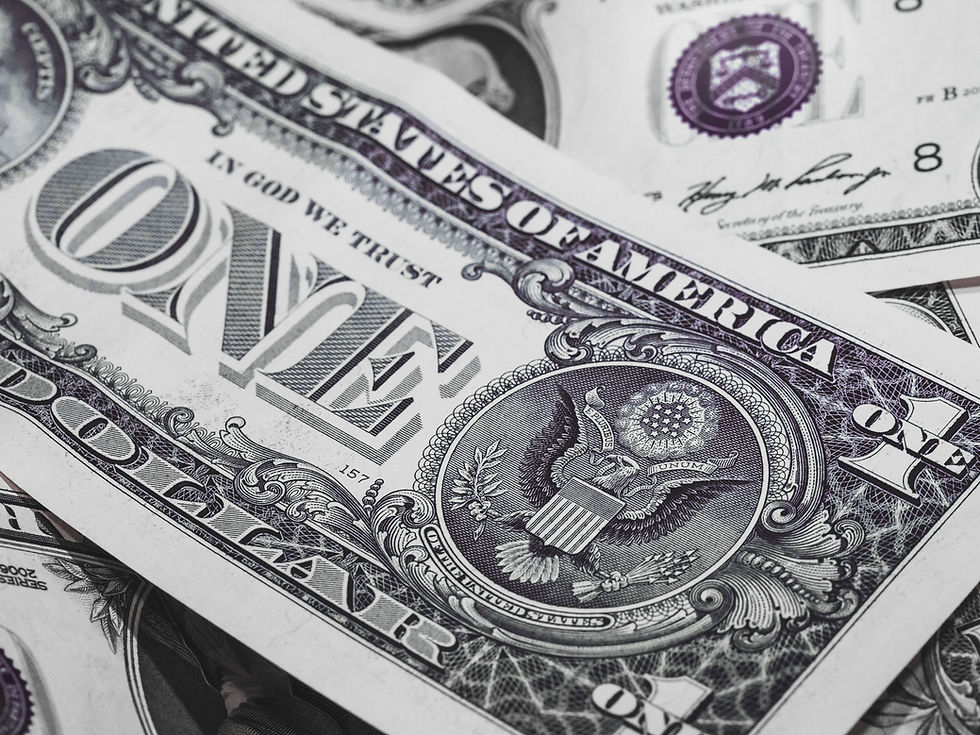"The Home Buying Blueprint: How to Accurately Estimate Your Costs"
- Lonnie White

- Feb 7, 2023
- 2 min read
When buying a home, it's important to have a clear understanding of the costs involved. One way to do this is to "pencil out" your costs, which means estimating the various expenses you'll incur during the home-buying process. Here are some steps to help you pencil out your home buying costs:
Determine your budget: Before you start looking at homes, determine how much you can afford to spend each month on a mortgage payment and other housing expenses.
Factor in a down payment: Depending on the type of mortgage you choose, you'll need to come up with a down payment. A general rule of thumb is to save 20% of the home's purchase price, but there are programs available that require a smaller down payment.
Calculate closing costs: Closing costs can add up quickly, so it's important to have an estimate of what these costs will be. Closing costs typically include fees for the title search, appraisal, and loan origination, as well as prepaid items such as property taxes and insurance.
Consider ongoing costs: In addition to the upfront costs, you'll need to factor in ongoing expenses such as property taxes, homeowners insurance, utilities, and maintenance.
Plan for contingencies: When penciling out your home buying costs, it's important to plan for unexpected expenses such as home repairs or upgrades. Consider setting aside a contingency fund for these types of costs.
By penciling out your home buying costs, you'll have a better idea of what to expect and how to budget accordingly. It's also a good idea to consult with a real estate agent or financial advisor to help you understand the costs involved in buying a home and ensure that you are prepared for all expenses.




Comments